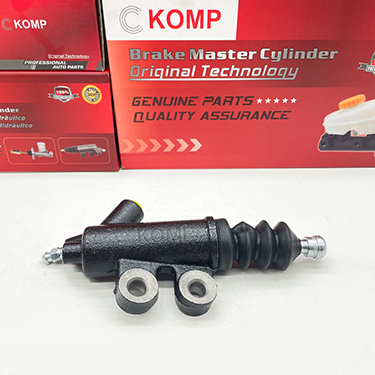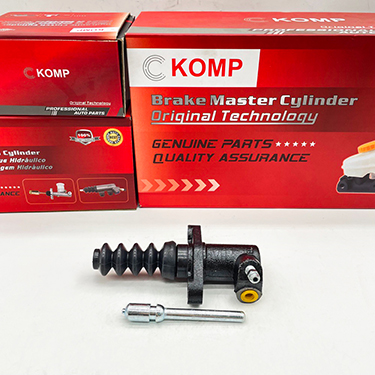The clutch slave cylinder is a crucial component of a vehicle's manual transmission system. It plays a vital role in engaging and disengaging the clutch to facilitate smooth gear shifting. This blog aims to provide insights into the classification of the clutch slave cylinder, shedding light on the different types available and their respective working principles.
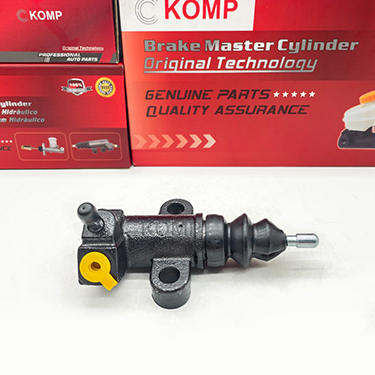
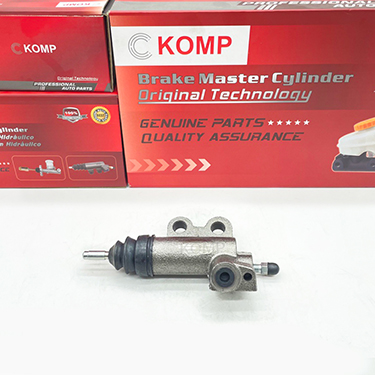
1.
Hydraulic Clutch Slave
Cylinder:
The hydraulic clutch slave cylinder is the most common type and utilizes
hydraulic pressure to operate the clutch system. It consists of a piston, a
cylinder, and a hydraulic line connected to the master cylinder. When the
clutch pedal is depressed, hydraulic fluid is forced into the slave cylinder,
pushing the piston, and actuating the clutch release arm to disengage the
clutch. The hydraulic slave cylinder offers precise and smooth clutch
engagement.
2.
Mechanical Clutch Slave
Cylinder:
Less commonly used, the mechanical clutch slave cylinder operates using
mechanical force instead of hydraulic pressure. This type typically employs a
lever system that translates the movement of the clutch pedal to engage or
disengage the clutch. Mechanical slave cylinders are simple in design but may
require more effort to operate compared to hydraulic ones. They are often found
in older vehicles or specific applications.
3.
Concentric Clutch Slave
Cylinder:
The concentric clutch slave cylinder, also known as an internal slave cylinder,
is a design variation that integrates the slave cylinder into the clutch
assembly. Instead of being external, the concentric slave cylinder is installed
inside the bell housing, directly around the transmission input shaft. This
design provides a more compact and streamlined system, reducing hydraulic fluid
volume and potential leaks. Concentric slave cylinders are commonly used in
modern vehicles.
4.
Non-Concentric Clutch Slave
Cylinder:
Unlike the concentric design, the non-concentric clutch slave cylinder is a
separate component mounted externally on the transmission bell housing. It
operates in a similar manner to the hydraulic slave cylinder by using hydraulic
pressure to actuate the clutch release mechanism. Non-concentric slave
cylinders are often found in older vehicles or in certain performance
applications where specific design requirements are met.
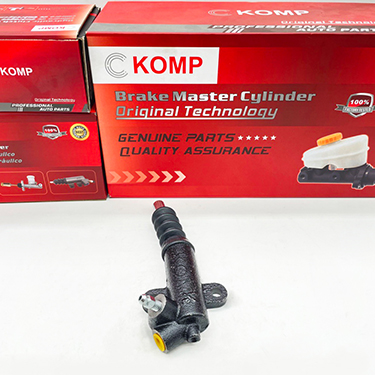
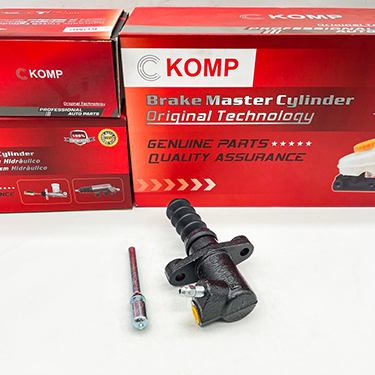
Understanding the different types of clutch slave cylinders and their respective classifications is crucial for vehicle owners, mechanics, and automotive enthusiasts. By recognizing the various working principles and designs, one can make informed decisions regarding maintenance, repairs, and upgrades. Whether it's the hydraulic, mechanical, concentric, or non-concentric slave cylinder, each type serves a specific purpose in ensuring smooth clutch operation.
